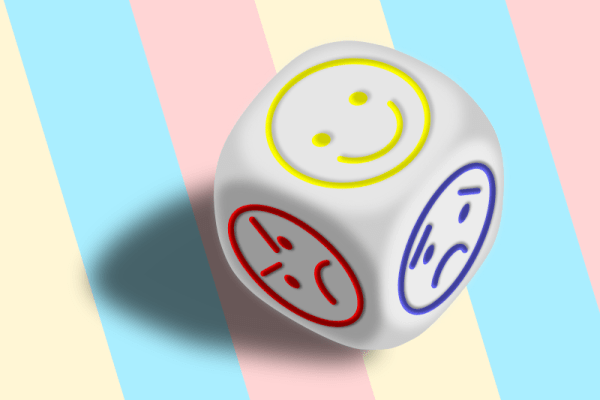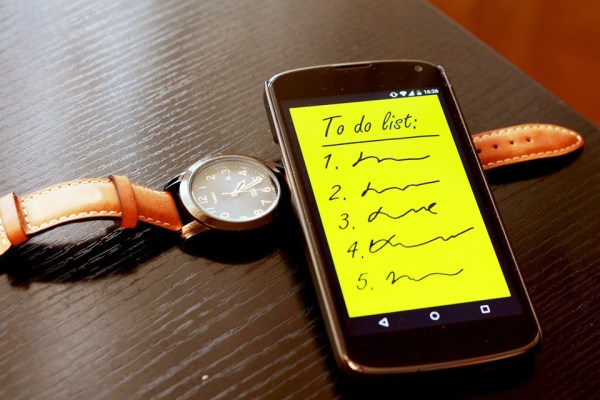
I have come across countless stories of very successful people—from actors to athletes—who’ve said they struggle with mental health issues. And I have wondered why it is so easy for some who seemingly “have it all”—fame, professional accomplishments, material wealth, a safe and luxurious house, a support network—to sink into depression. This whole phenomenon of prolonged low mood has been examined from several perspectives—as one will find in the brilliant book The Noonday Demon: An Atlas of Depression (2001) by prolific American writer and Columbia professor Andrew Solomon.
Various causes have been identified (tragic events in one’s life, poverty, psychological and physical abuse, one’s environment, isolation from others, etc.), but the subject continues to remain elusive. Often there can be nothing massively wrong or unfortunate in your life and you might still find yourself curling up in foetal position, feeling as though all vitality has been sucked out of you, and that you will be in that state for days, maybe months.
Sometimes, of course, to treat your mental health, you do need therapy and medication. But if you are not clinically depressed, what is the most important thing that you can do by yourself to make sure your mood doesn’t fall for extended periods? For me, the helpful answer to this question comes from the “evolutionary” approach to depression.
If we examine the brain of Homo sapiens from the viewpoint of a hundred thousand years, we will discover that for more than ninety thousand years, it existed within a hunter-gatherer framework. Civilisation is recent, and modern life as we know it—with its click-of-a-button comforts—is not even a century old. The biggest change between our lifestyle and that of our ancestors is that we no longer have to worry about survival on a daily basis. We are stable and secure in our homes, we do not have to kill lions and snakes.
But our brains are still used to those older rhythms, to seeking everyday highs of the hunt in the middle of danger. In his book The Depths: The Evolutionary Origins of the Depression Epidemic (2014), psychologist Jonathan Rottenberg, a professor at the University of Southern Florida, makes the point: “Moods, high and low, evolved to compel us to more efficiently pursue rewards. While this worked for our ancestors, our modern environment—in which daily survival is no longer a sole focus—makes it all too easy for low mood to slide into severe, long-lasting depression.” So instead of crests and troughs, what we get now is slope and flatline.

Because the problem behind low mood lies in daily routine, the solution also exists within our everyday to-do lists. We must be constantly accomplishing something no matter how tiny, pushing ourselves forward. A one-time victory, even when it is as colossal as an Oscar award or Olympic medal, cannot guarantee continued feelings of bliss.
In his book Good Reasons for Bad Feelings: Insights from the Frontier of Evolutionary Psychiatry (2019), American physician Randolph Nesse writes that “…mood is influenced most not by success or failure but by rate of progress toward a goal…Baseline mood is remarkably stable for most people, and variations reflect mainly the rate of progress toward a goal.” That is why some highly illustrious figures can also turn gloomy in the aftermath of a huge win. The novelty of elation erodes because soon their brain will get accustomed to the state and will enquire, “yes, but now what next?”
So you must always have some project you are working on. The moment you finish one, you must begin a new one. And you must establish a mechanism of measurement, have targets in place. That way, as soon as the mood falls, it can be perked up through action.

I have found this insight very useful in my entrepreneurial life. Of late, I have made a rule that I must fill my spreadsheet with new contacts and send marketing emails every single day, instead of delivering them in batches twice a month. Introducing myself to strangers daily, even if just 5 or 10 in number, has been giving me a thrill and keeping those periods of inexplicable, unreasonable low mood away. The thought that I’m consistently taking steps, making small progress towards the bigger goal of advancing my career makes me less irritable and more positive.
A lot of creative people tend to not live a life of strict routine but might operate fervently in spells. This is because they have no control over their ideas. They never know when inspiration may strike. They can spend huge chunks of time shut off from the world, just thinking, scribbling, waiting for light-bulb moments. And while periods of pure concentration and contemplation are necessary, extended absence of quantifiable action can seriously damage one’s sense of wellbeing.
Let’s say if you are a painter planning an exhibition in the coming year on a particular theme—maybe something political—how can you use the vehicle of your project as a daily mood regulator? You can devise a strategy that might sound like this:
- Read two articles per day, one on a good thing done by a government, another on a bad thing done by a government
- Every Monday, Tuesday and Thursday, talk to somebody about what they’d want their government to do differently
- Every Wednesday, Thursday and Friday, talk to somebody about what they appreciate about their government
- On Saturdays and Sundays, research something historical—about a benevolent emperor or ruthless dictator
Record your findings in a spreadsheet, track your efforts. After you have finished all your paintings based on your reflections, rest but do not be idle for too long. Choose a new theme and start over again.
Written by Tulika Bahadur.

